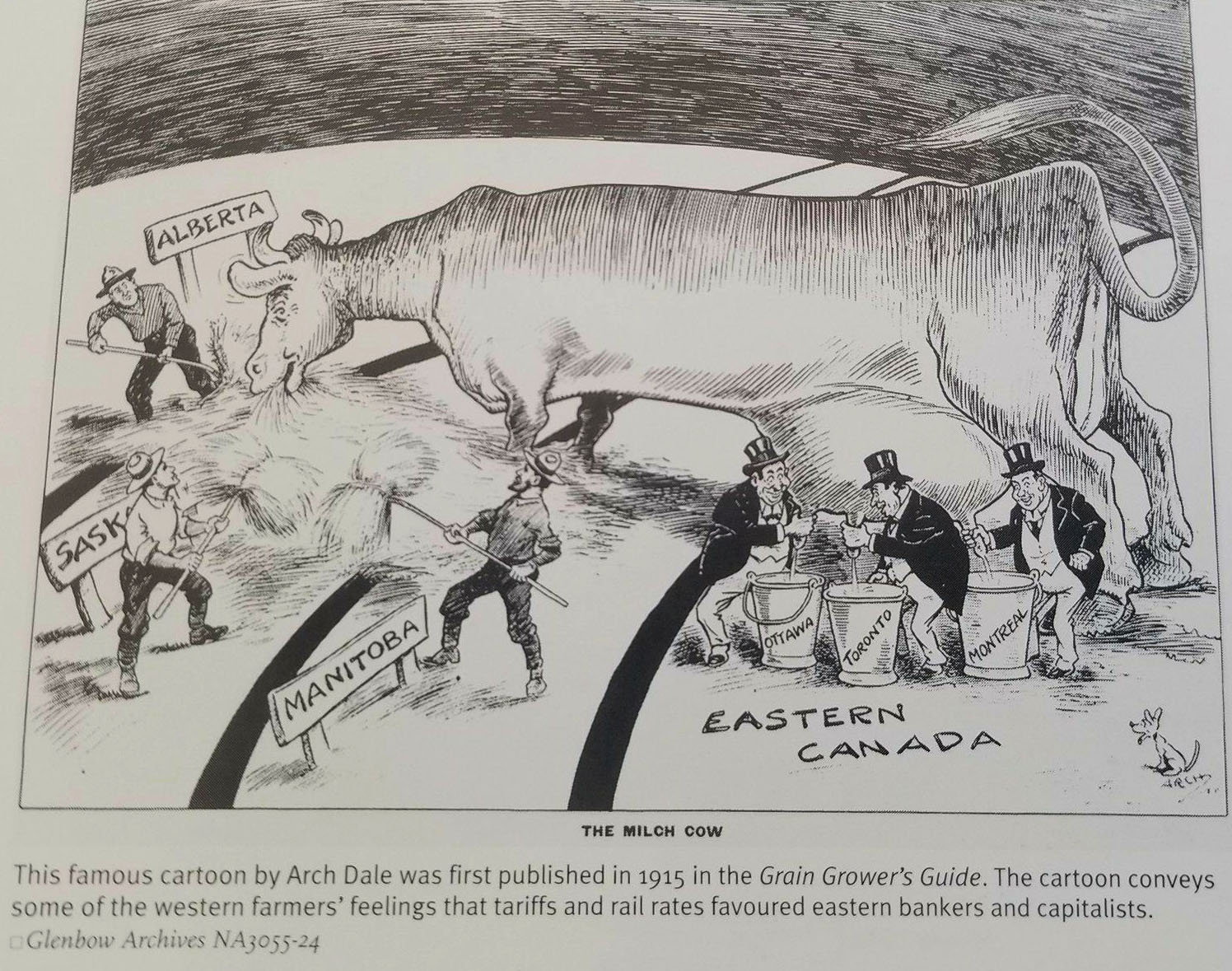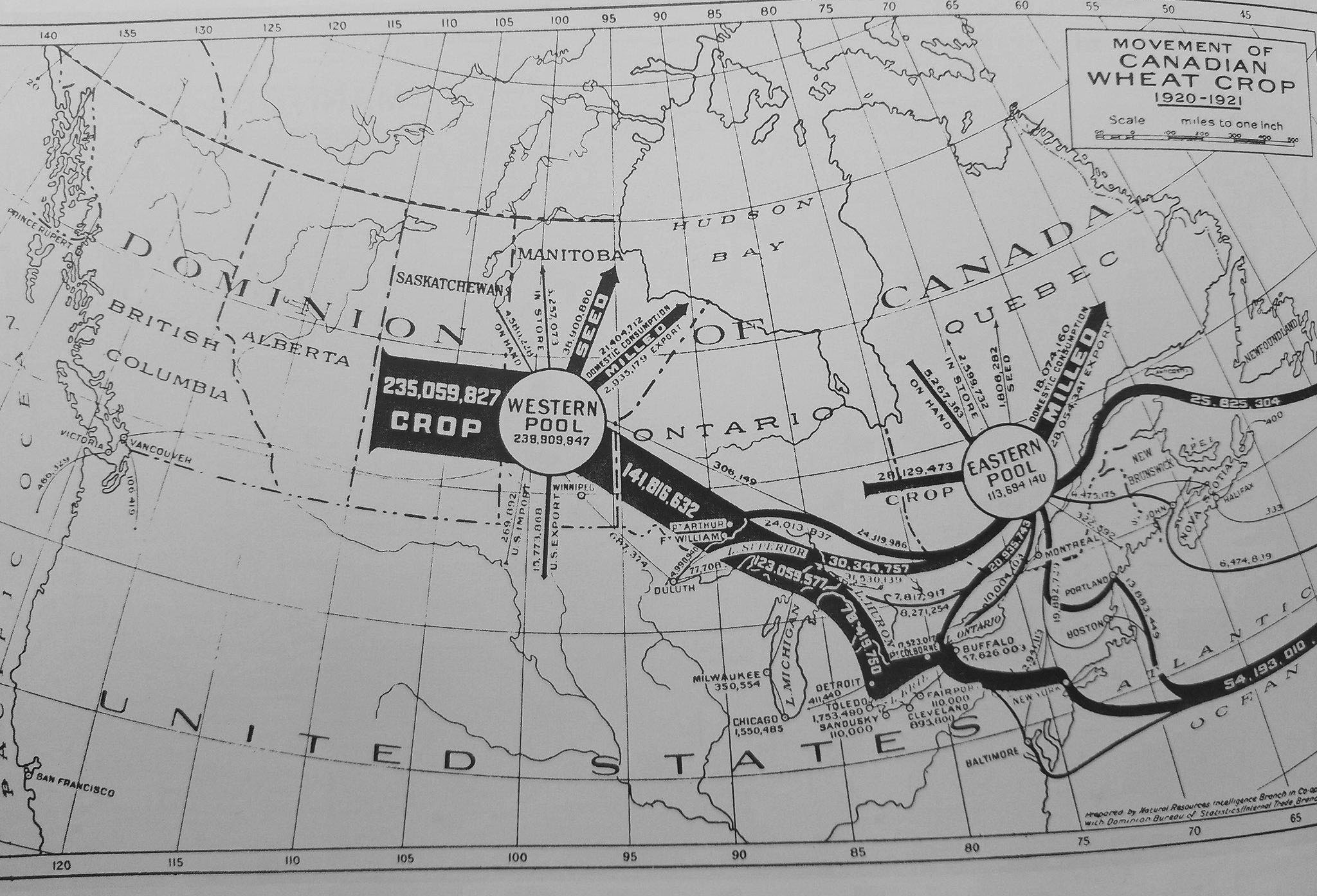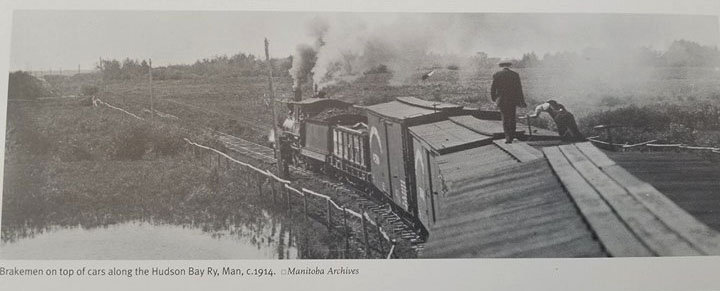Ottawa is on track to blow through its winter maintenance budget for the sixth year in a row, according to an analysis of the city’s budget.
Despite increasing the winter operations budget by 3.5 per cent this year to $68.3 million, data compiled over the last decade shows that it is unlikely Ottawa will break a trend of overspending on snow clearing.
Jeff Leiper, the city councillor for Kitchissippi Ward, has recorded Ottawa’s snow removal spending since 2006. His office’s records, which are not disputed by the city, show that Ottawa has gone deeper in the red year after year.
“Over the course of this term of council, we’ve seen that the deficits in the snow budget have been very sizeable,” said Leiper. “It’s a headline item.”
In 2015, the city went $7.7 million over budget. In 2016, it went $13.8 million in the red. And last year Ottawa overspent its winter operations budget by $14 million, according to a KPMG audit revealed in the 2018 draft budget.
Leiper said he believes having to make up for the pitfalls in winter operations by dipping into reserves is holding back funding for the city’s other services and initiatives.
“There are things that are not getting done. Residents and some councillors believe that there are just some projects that don’t go ahead,” said Leiper.
“It’s not a realistic way to budget.”
Leiper voted against the entire 2018 budget when it was brought before council in December.
Catherine Mckenney, the councillor for Somerset Ward, also voted against the budget. She did so despite being the vice-chair of the committee that passed the 3.5 per cent increase for winter operations.
“I don’t believe we are going to stay within the budget and meet our winter maintenance service standards,” said McKenney.
She said that Ottawa mayor Jim Watson and council’s belief that the city must stick to a two per cent cap on any tax increase is the reason they didn’t set aside enough for snow clearing.
“I’ve never supported a two per cent cap, I’ve always said if we can meet our service levels with two per cent then that’s great,” she said. “If history is showing us that we can’t, and I believe that it is, we have to either look at cutting services somewhere or raising taxes.”
The reason snow clearing is becoming more expensive year after year is not necessarily due to larger snowfalls, according to Environment Canada meteorologists.
Last winter, Ottawa received a total of 273 cm of snow between December and March and the city went $14 million over-budget in winter maintenance. The winter before that, the city only received 181 cm of snow, but still went $13.8 million in the red.
Geoff Coulson, an emergency preparedness meteorologist, said that the increase in freeze/thaw cycles over the course of Ottawa’s last few winters is becoming just as expensive as clearing the snow.
“We’re literally going from temperatures in the minus twenties to a high of eleven on the plus side,” Coulson said.
“That has been the biggest story of this winter.”
When snow melts and ice thaws due to warmer weather, water flows into cracks in the city’s infrastructure. When the temperatures drop and that water freezes, roads, sidewalks, and other core infrastructure can crack and break down easier.
The cost of fixing that infrastructure is covered by the winter operations budget.
And that’s not all: Environment Canada is predicting a colder February this year with heavier snowfalls.
Whether or not Ottawa will be able to keep winter operations costs below $68.3 million with more freeze/thaw cycles and snow on the way will be revealed at the end of the winter, once the city can audit the total expenses.






